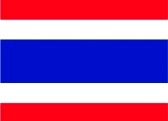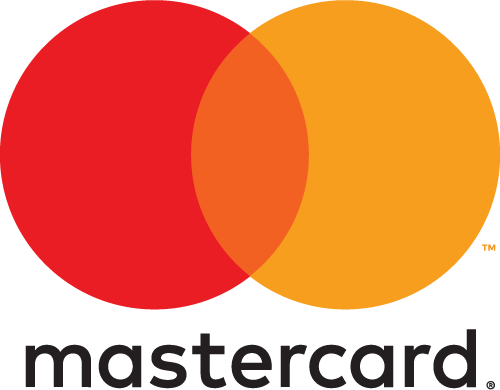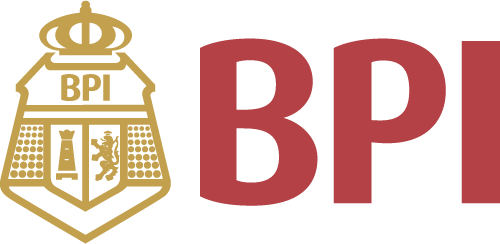All Categories
Be a Friend to Trees (Let's-Read-and-Find-Out, Stage 2)
Share Tweet
*Price and Stocks may change without prior notice
*Packaging of actual item may differ from photo shown
- Electrical items MAY be 110 volts.
- 7 Day Return Policy
- All products are genuine and original

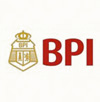




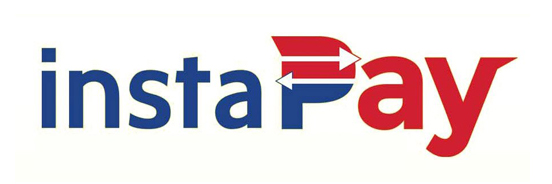
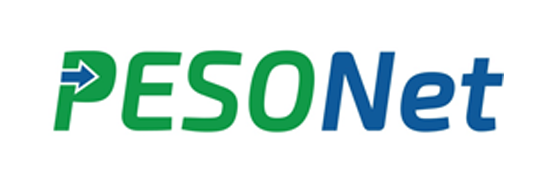
About Be A Friend To Trees
From School Library Journal Grade 1-3-The opening of this book is a little misleading in its simplicity- "Trees are nice. They're nice to look at, nice to have around." Lauber goes on to explain increasingly complex topics, such as products made from trees (wood items, paper, maple syrup) and foods from them that animals and people rely on (fruit, nuts, chocolate, leaves, and flowers). They are described as homes for a variety of animals. Finally, an effective description of photosynthesis is provided. Readers will agree with the author's conclusion that "...trees are more than nice-they're something we can't live without!" The remaining three pages offer suggestions for young environmentalists, such as recycling and finding alternatives to paper products. The full-color labeled illustrations complement the text, as do the diagrams that demonstrate manufacturing and scientific processes. Multiethnic children appear throughout. A good introduction to the subject.Pearl Herscovitch, University of Calgary, Alberta, CanadaCopyright 1994 Reed Business Information, Inc. Product Description Read and find out about trees in this colorfully illustrated nonfiction picture book.Why should you be a friend to trees? Trees are a valuable natural resource. People depend on trees for food, and animals depend on trees for food and shelter. But most important, we depend on trees because they add oxygen, a gas we all need, to the air. While trees give us many wonderful products, we must also protect them because we can't live without them.This is a clear and appealing science book for early elementary age kids, both at home and in the classroom. It's a Level 2 Let's-Read-and-Find-Out, which means the book explores more challenging concepts for children in the primary grades. The 100+ titles in this leading nonfiction series are:hands-on and visualacclaimed and trustedgreat for classroomsTop 10 reasons to love LRFOs:Entertain and educate at the same timeHave appealing, child-centered topicsDevelopmentally appropriate for emerging readersFocused; answering questions instead of using survey approachEmploy engaging picture book quality illustrationsUse simple charts and graphics to improve visual literacy skillsFeature hands-on activities to engage young scientistsMeet national science education standardsWritten/illustrated by award-winning authors/illustrators & vetted by an expert in the fieldOver 130 titles in print, meeting a wide range of kids' scientific interestsBooks in this series support the Common Core Learning Standards, Next Generation Science Standards, and the Science, Technology, Engineering, and Math (STEM) standards. Let's-Read-and-Find-Out is the winner of the American Association for the Advancement of Science/Subaru Science Books & Films Prize for Outstanding Science Series. From the Back Cover Why should you be a friend to trees?Trees are a valuable natural resource. People depend on trees for food, and animals depend on trees for food and shelter. But most important, we depend on trees because they add oxygen, a gas we all need, to the air. While trees give us many wonderful products, we must also protect them because we can't live without them. About the Author Patricia Lauber is the author of more than sixty-five books for young readers. Many of them are in the field of science, and their range reflects the diversity of her own interests-bats, dolphins, dogs, volcanoes, earthquakes, the ice ages, the Everglades, the planets, earthworms. Two of her books, SEEDS: POP STICK GLIDE and JOURNEY TO THE PLANETS, were nonfiction nominees for The American Book Awards. She was the 1983 winner of The Washington Post/Children's Book Guild Award for her overall contribution to children's nonfiction literature.As well as writing books, Ms. Lauber has been editor of Junior Scholastic, editor-in-chief of Science World, and chief editor, science and mathematics, of The New Book of Knowledge A graduate of Well



